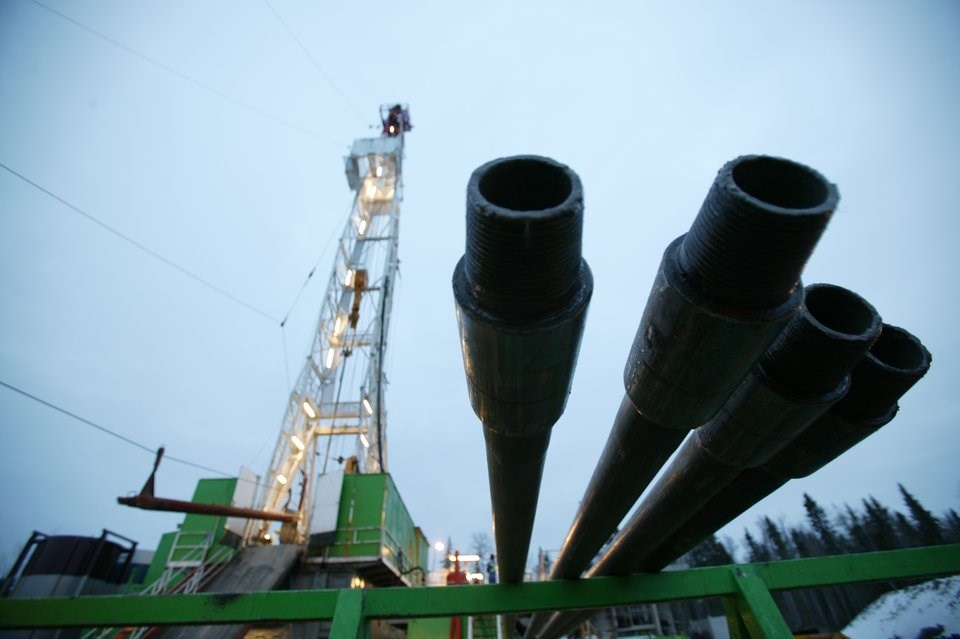Drilling activity in Western Canada is currently depressed at historic levels, according to a new report from Peters & Co. Ltd.
Continued cautiousness by operators and unfavourable weather in several regions, notably Saskatchewan, contributed to an average of 134 active rigs in the field in the third quarter, the lowest level in over 25 years, analysts said.
“Activity in all major plays declined, with the most pronounced weakness in the Deep Basin and Montney. Large Cap operators scaled back activity most aggressively, while the Intermediate group was the least impacted,” Peters & Co. said.
“In the early days of October, activity is tracking 40 per cent below the same period in 2018, with activity levels largely paralleling 30-year lows. We expect fiscal discipline and budget exhaustion will be pronounced during Q4 2019, with activity forecasted to decline 30 to 35 per cent year-over-year. In absolute terms, we expect the rig count during the fourth quarter to be at the lowest level since 1991.”
Analysts forecast that in 2020, the producer capital-spending-to-cash-flow ratio will be at the lowest level of the past decade.
“While this highlights the capacity for operators to increase spending, activity will remain constrained by concerns over oil and gas egress from the WCSB [Western Canadian Sedimentary Basin] and investors’ desire for companies to prioritize dividends/share buybacks over growth.”
Activity has also declined in the U.S. market, Peters & Co. noted.
“During Q3 2019 the U.S. land rig count declined 8 percent on a sequential basis and 13 percent year-over-year, with weakness accelerating during the last six weeks of the quarter. Active rigs have declined in all plays, with the most pronounced weakness in Oklahoma, the Marcellus and Eagle Ford. The Permian continues to show resiliency, with over 50 per cent of U.S. land rigs operating in the play (up from 47 percent at the beginning of Q3 2019),” analysts said.
Peters & Co. forecasts that U.S. land drilling activity will decline by an average of three rigs per week during Q4 2019, translating into a full-year average active rig count of 925 rigs, which is nine percent below the 1,013 average in 2018.
“Fiscal discipline remains the underlying governor of North American operating spending and, absent improved access to external capital and/or higher commodity prices, we expect this will translate into North American capital spending declining 5-10 per cent year-over-year in 2020.”



